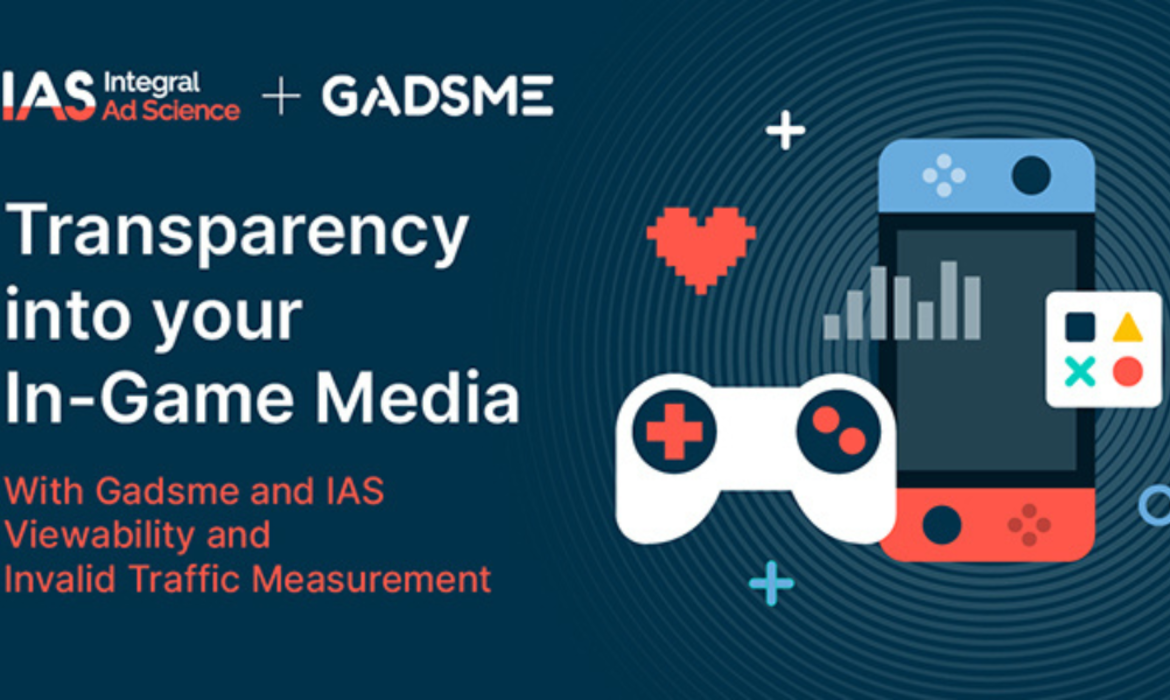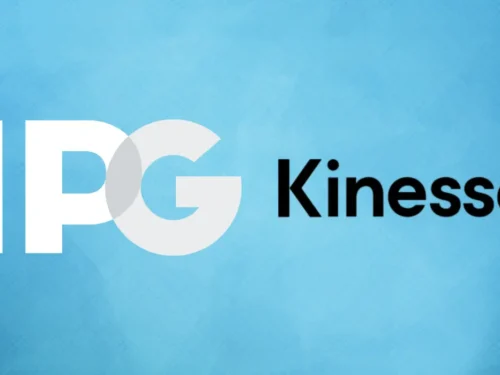New Video Game Measurement Allows Brands To Evaluate The Impact Of The In-Game Ads
Recent years have seen an upsurge in video game advertising, as unprecedented numbers of consumers have turned to video games to keep entertained during the COVID-19 outbreak. However, advertisement measurement standards haven’t kept pace with this fast growth. The prevalence of in-game advertisements has led brands and marketers to look at different metrics to determine their effectiveness.
So, was Frank Redhot’s recent appearance in a sports video game well-received? McCormick’s Frank’s Redhot brand placed banner ads inside Basketball Battle, a free-to-play mobile 2D basketball game. The banner advertisements were prominently displayed below the scoreboard at the center court.
Frameplay, a global leader in enabling intrinsic in-game advertising tracked the duration of time the player saw the ad. It recently introduced the first-to-market attention metric called Intrinsic Time-in-View. Attention is a key indicator of where advertisers should spend ad dollars, but how can it be measured? An understanding of the research and data can provide valuable insight into the future of advertising.
What is Intrinsic Time-in-View?
The Intrinsic Time-in-View metric from Frameplay measures how long an ad impression is visible during the gameplay. An impression is only considered viewable if it meets Frameplay’s viewability standards.
The in-game advertising platform measures the viewability of in-game ads using computer vision. It evaluates the total amount of time the ads are viewed throughout the campaign and the average amount of time each ad campaign is viewed per player session.
Interesting Read: Your Ultimate Guide to Understanding Gaming Advertising
Game-changing findings
Frameplay has joined forces with Lumen and eye square independently to analyze and compare its Intrinsic Time-in-View calculation with their respective eye-tracking measurement. It will validate whether Frameplay’s Intrinsic Time-in-View measurement is a viable measure of attention or not. Dentsu International, McCormick’s agency, also took part in the research as part of its Attention Economy initiative, which seeks to understand attention in this new format.
In fact, both computer vision and eye-tracking tech yielded similar results, supporting Frameplay’s method of measuring attention in games. The test also studied the effectiveness of in-game ads.
In-game ads captured about 1.4 times more attention of the gamers vs the mobile display attention norm. It performed similarly to social in-feed video norms and outperformed every other social, web, and mobile format, including a social in-feed image. In fact, eye square’s eye-tracking measurement concluded that Intrinsic Time-in-View turned out to be very close to the true real-life value. The ad framework satisfies the changing commercial and cultural needs of advertisers, companies, and gamers.
Adexchanger reported that In-game ads generated an average of 2.4 attentive seconds per impression, on par with the attention generated from a social media video ad (even though the in-game ad was a static banner).
Joanne Leong, Dentsu’s VP and Director of Global Media Partnerships, stated that having a reliable metric to compare in-game ads vs social ads helps them decide where to spend the dollars.
“The average consumer sees over 4,000 ads in any given day, so it is imperative that advertisers start evaluating channels through the lens of attention metrics, which are more indicative of meaningful exposures. The results from these studies validate proven attention in Frameplay’s gaming inventory, and we will use this data in planning as we evaluate future intrinsic in-game opportunities.”
Interesting Read: InMobi And Anzu Partners To Bring Programmatic In-Game Ads To APAC Region
Setting up in-game advertising standards
Frameplay along with other players took a leadership position to update the guidelines with MRC and IAB so that intrinsic in-game advertising placements properly measure 3-D gaming environments. Ads are more difficult to measure than in other display formats because they are frequently obscured by game elements such as environmental features and player avatars.
Adexchanger quoted Frameplay Chief Strategy and Operations Officer Cary Tilds,
“When you calculate [in-game viewability], there’s a lot to consider, like the size of the ad on the screen at any given time, the skew or the angle of the ad at any given time, obstructions between the player perspective and the ad and how lighting affects viewability.”
He also stated that more should be accounted for in any industry-wide in-game measurement standard in addition to all those factors. Frameplay wants advertisers to look at overall attention instead of the only time in view, and change how the ad tech industry thinks about viewability in the gaming sphere.
Considering that in-game advertising is one of the pillars of many companies’ marketing strategies, statistics like these show that it can be a valuable investment for companies looking to reach customers where they prefer. The data gives marketers leverage to understand and compare gaming to other mainstream channels.
Interesting Read: 5 Ad Industry Trends That Are Likely To Unveil in 2022!
Author Profile

- Neha Mehta
- Neha started her journey as a financial professional but soon realized her passion for writing and is now living her dreams as a content writer. Her goal is to enlighten the audience on various topics through her writing and in-depth research. She is geeky and friendly. When not busy writing, she is spending time with her little one or travelling.
Latest Posts
 Interview and Guest PostJuly 19, 2024Navigating Ad Tech: Equativ’s Jacqueline Chua’s Strategic Insights
Interview and Guest PostJuly 19, 2024Navigating Ad Tech: Equativ’s Jacqueline Chua’s Strategic Insights Interview and Guest PostJune 21, 2024CTV Exploration: Chandrahas Shetty, Demand Facilitation Lead, India, On Growth And Privacy
Interview and Guest PostJune 21, 2024CTV Exploration: Chandrahas Shetty, Demand Facilitation Lead, India, On Growth And Privacy Interview and Guest PostJune 14, 2024Advertising Evolution: Rasha El-Ghoussaini on Snap Inc.
Interview and Guest PostJune 14, 2024Advertising Evolution: Rasha El-Ghoussaini on Snap Inc. Interview and Guest PostJune 5, 2024Navigating Digital Waves: Shrenik Gandhi’s Journey with WRM
Interview and Guest PostJune 5, 2024Navigating Digital Waves: Shrenik Gandhi’s Journey with WRM










